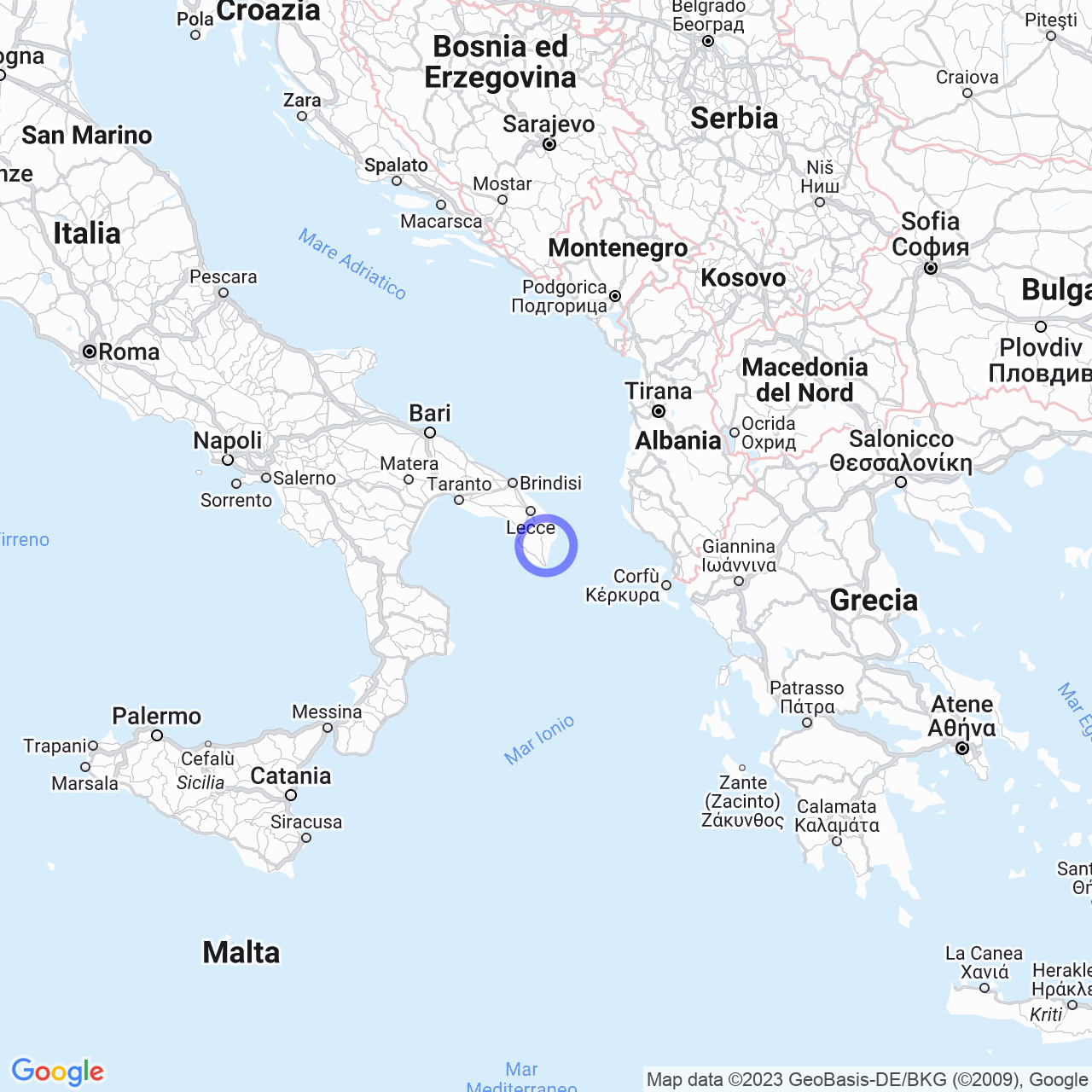Spongano
Welcome to Spongano, the municipality in the province of Lecce
Have you ever heard of Spongano? It is a Puglian municipality with a population of approximately 3500, located in the southern part of the Salento peninsula. Today, I will talk to you about the geographical and climatic aspects of this fascinating place, as well as its historical origins.
Physical Geography

Territory
Spongano's territory extends over an area of 12.13 km2 in the inland area of the lower Salento, between the Salentine Hills and the eastern Adriatic-Ionian coast. If you are a nature lover, this is the place for you, with a rural landscape characterized by ancient olive groves, dry stone walls, trulli, farmhouses, and megalithic monuments. You will also find a large number of sinkholes, called "vore" in the local dialect, where rainwater collects.
Climate
Spongano has a predominantly Mediterranean climate, with mild winters and hot and humid summers. The average temperature in January is around 9°C, while in August it is about 25.1°C. The average annual precipitation is 676 mm, with a peak in autumn-winter and a minimum in spring-summer. Although the municipalities of the lower Salento do not receive many western currents, they are protected by the Salentine Hills, which act as a shield. However, autumn and winter currents from the southeast favor an increase in precipitation in this area.
Origin of the Name
The name Spongano may derive from "spongia", which means "sponge" in Latin, referring to the characteristics of the soil. Although the terrain is composed of a very impermeable and compact tuff sand, it has deep sinkholes capable of absorbing rainwater like a sponge. Some argue that the name derives from "spolium", which means remains or leftovers, in reference to the remnants of the populations of Vaste or Castro (Puglia).
History
The presence of the dolmen "Piedi Grandi" and three menhirs suggests that Spongano's territory was frequented since prehistoric times. In the twelfth century, the Messapian cities of Vaste and Castro were destroyed by the Saracens. According to some scholars, the name Spongano could derive from the Latin "spolium", referring to these tragic events. However, there is no definitive explanation for the origin of the name.
In any case, Spongano's history has been marked by Norman, Swabian, Angevin, and Bourbon dominations. Today, Spongano is a municipality with a predominantly agricultural vocation, but there are many tourist activities to discover, such as the "Sentiero delle Vore" and the "Parco dei Paduli".
If you're looking for an authentic and peaceful place, Spongano may be the right choice for you. Its nature, climate, and history make this municipality a special place to be discovered.
